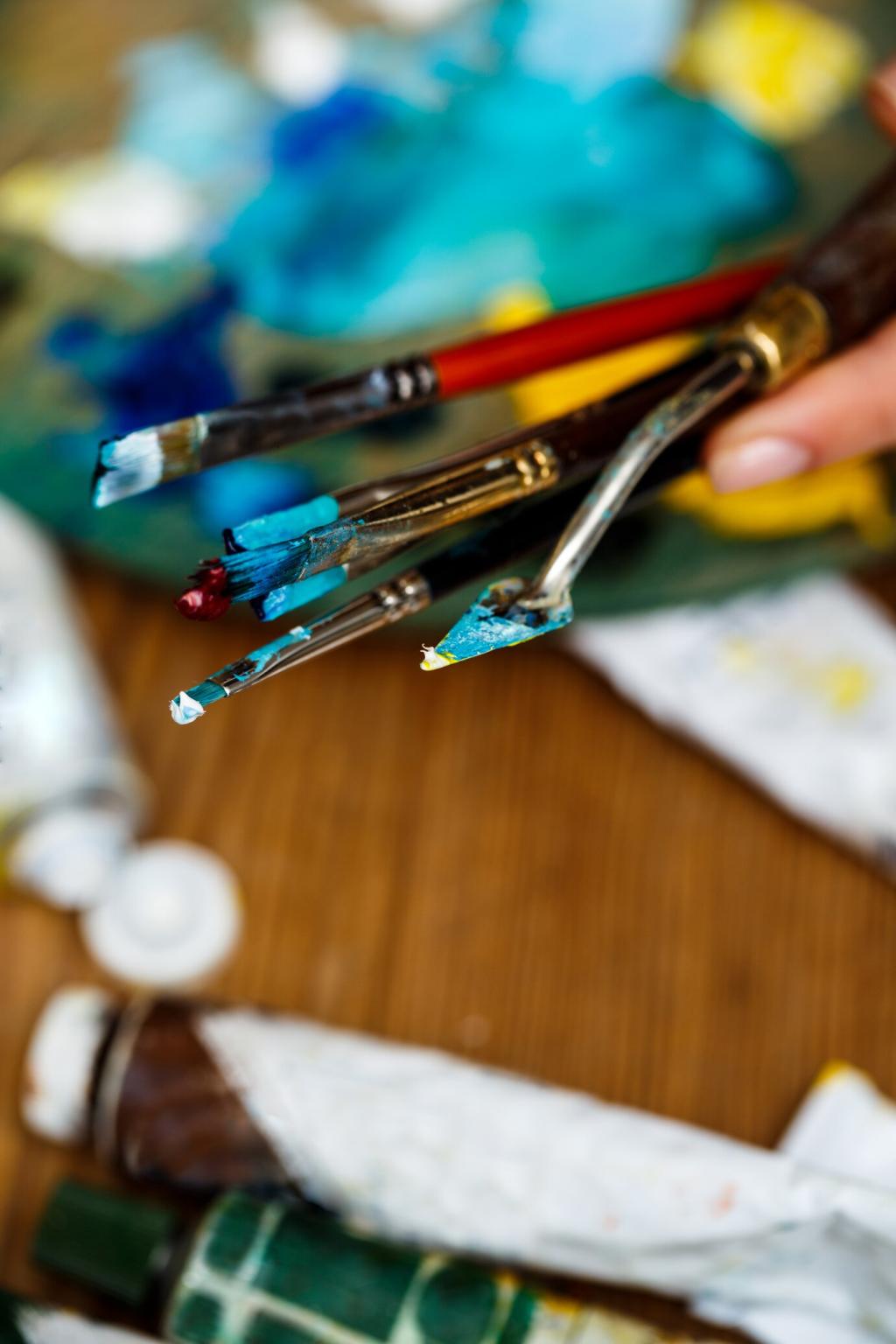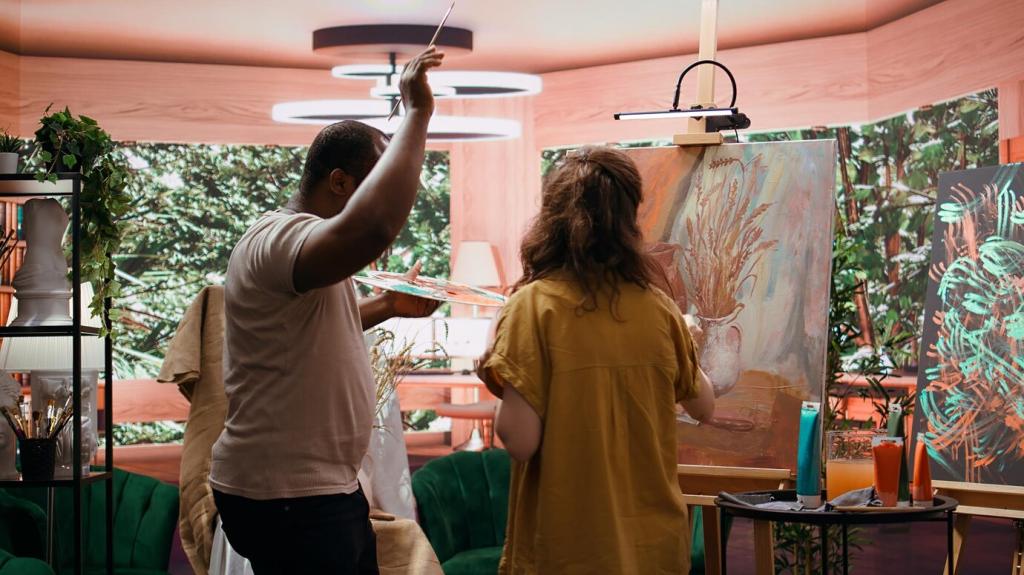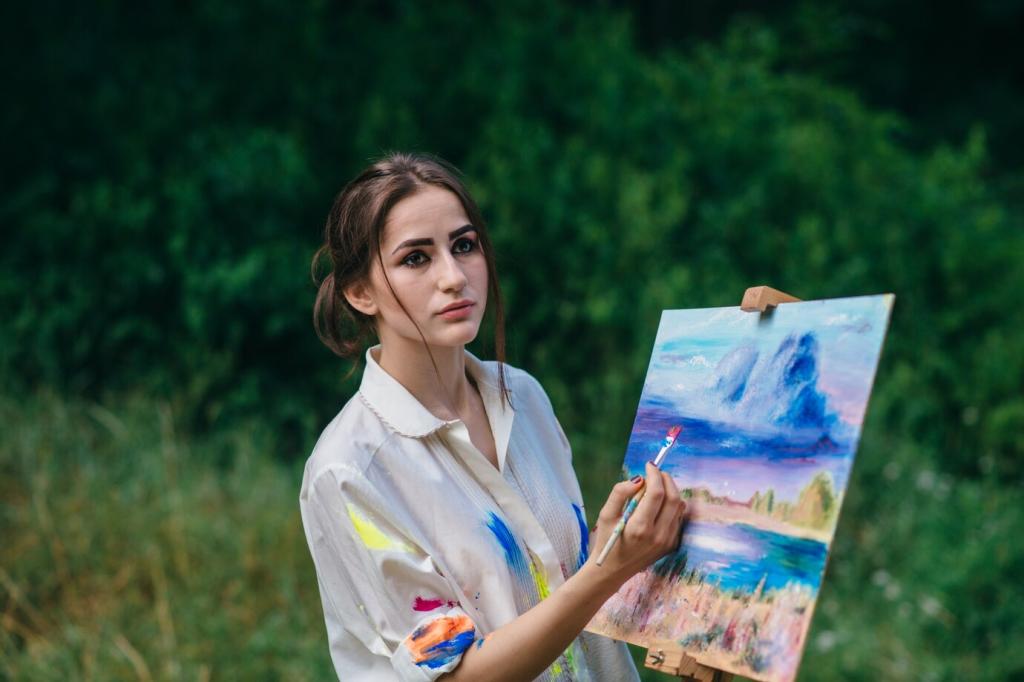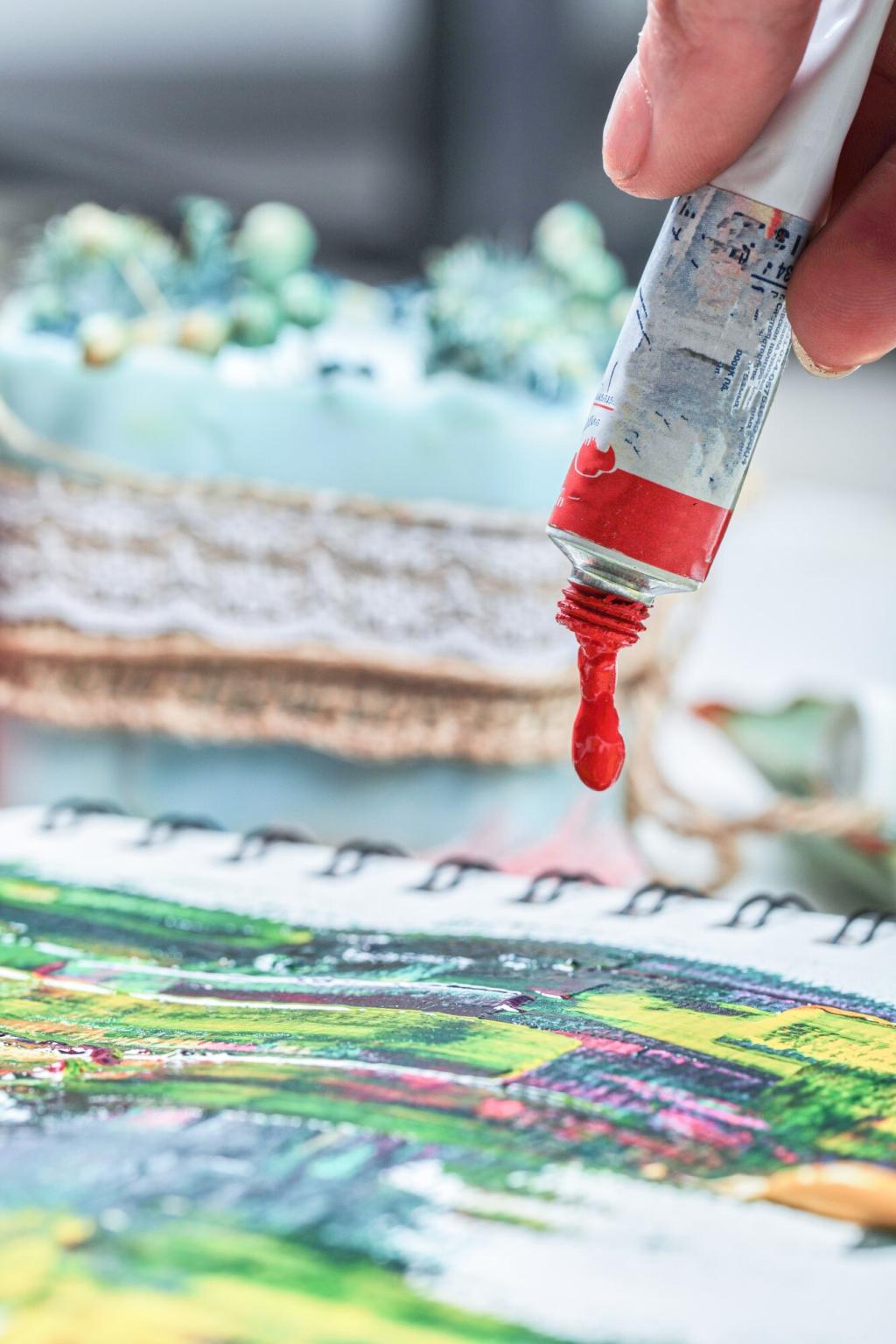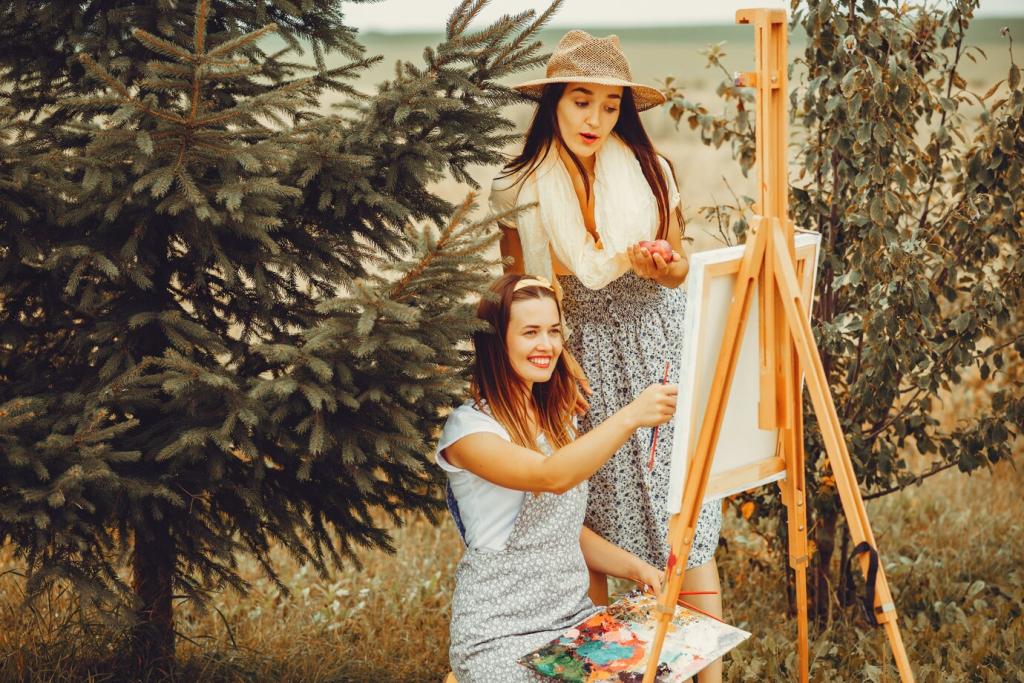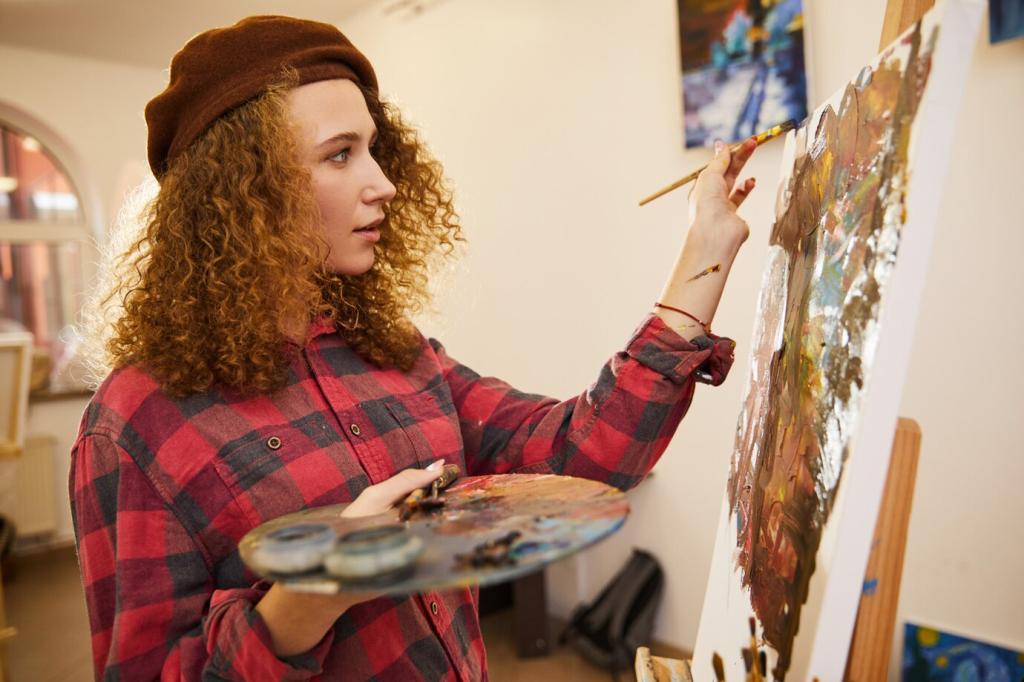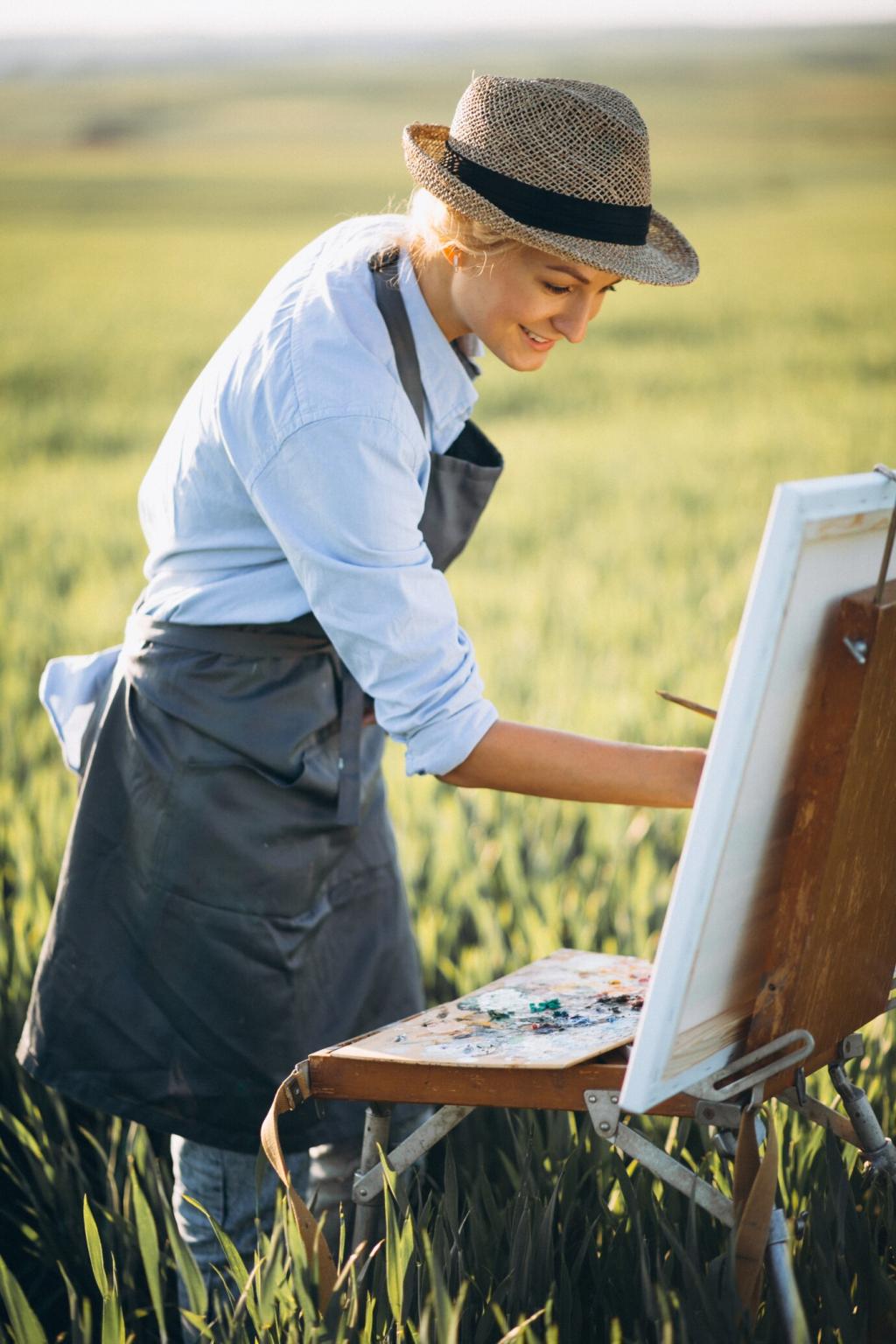Myth, Faith, and Allegory: When the Sacred Meets the Studio
A shell becomes a stage, sea breezes usher a goddess ashore, and scattered roses perfume an ideal. Beyond beauty, many read rebirth and cultured refinement. Which motif—the shell, wind, or robe—best communicates the painting’s philosophy of grace to you?
Myth, Faith, and Allegory: When the Sacred Meets the Studio
Flora strews blossoms like language; Mercury parts clouds; an orange grove whispers patronage and prosperity. Allegory blooms as social symbolism. As you scan the garden, which figure’s attributes most clearly translate spring into a moral or civic message?

